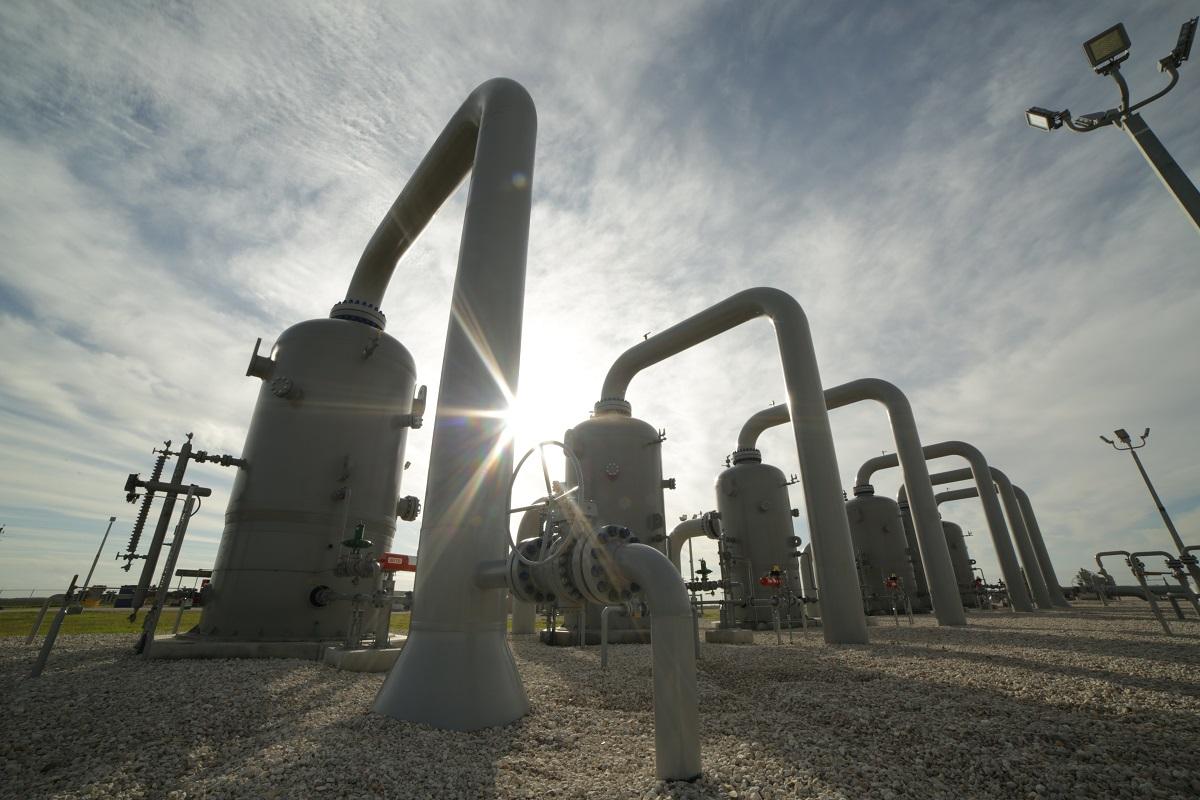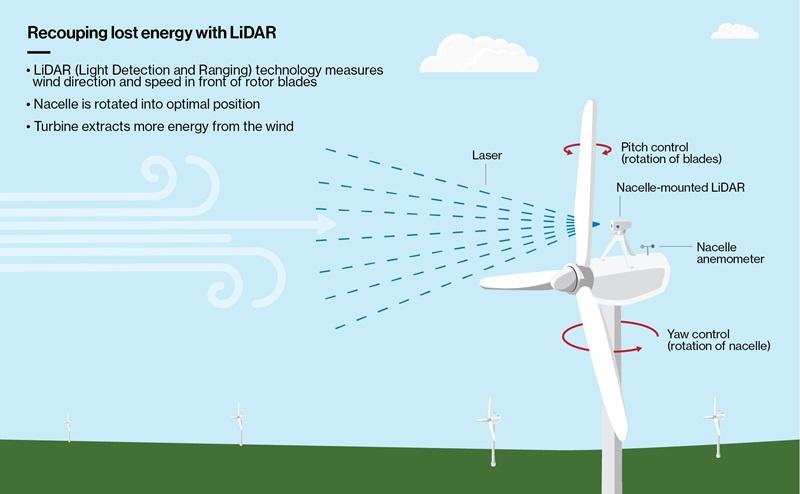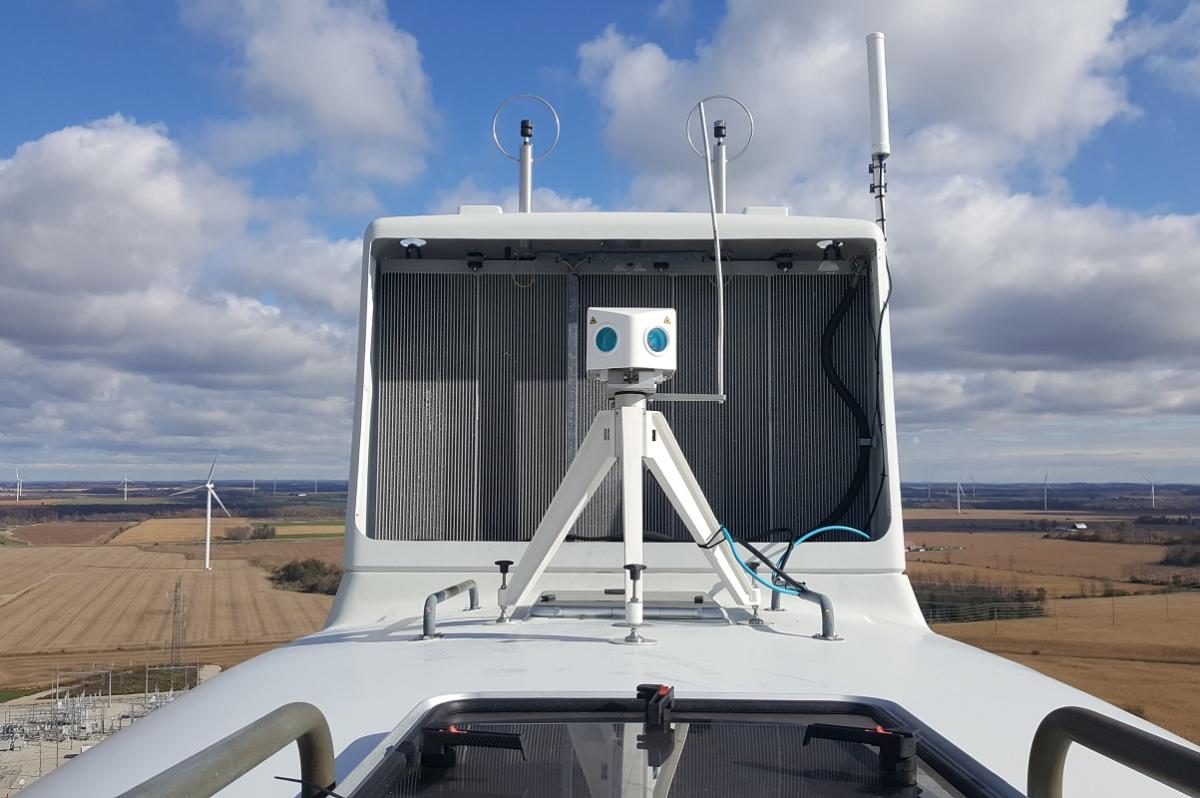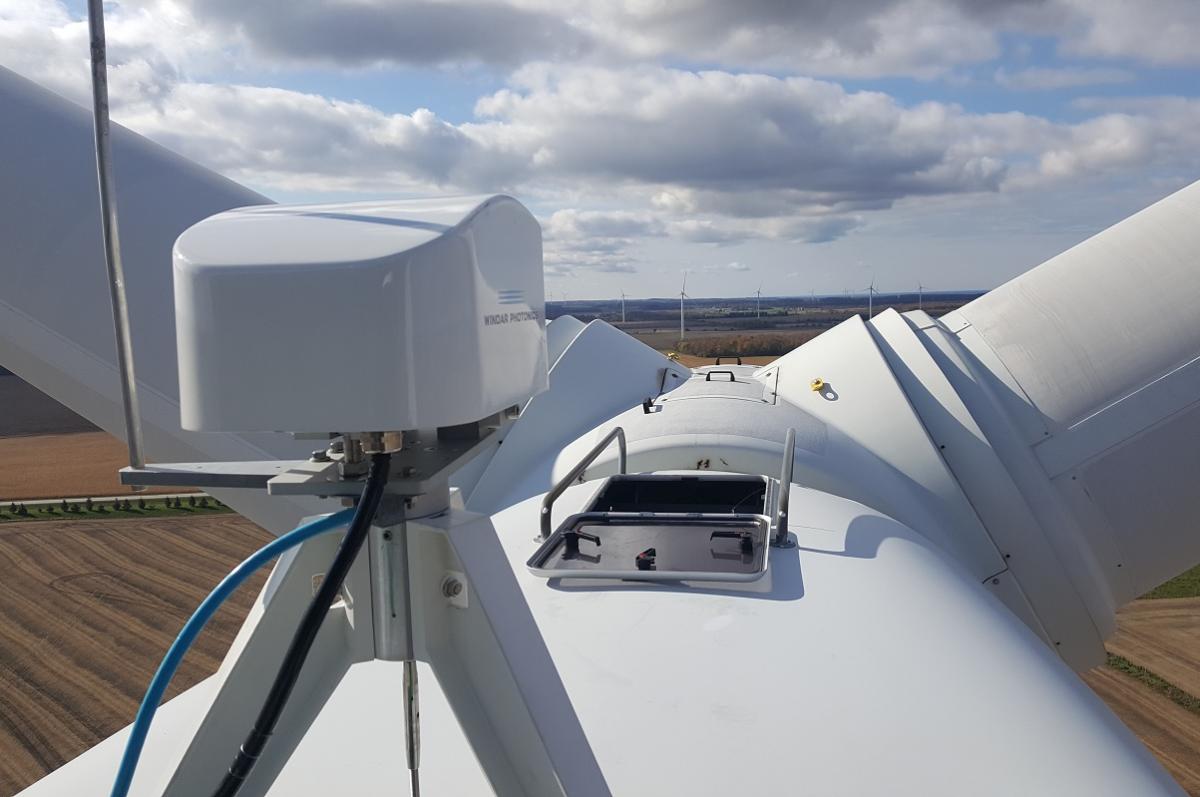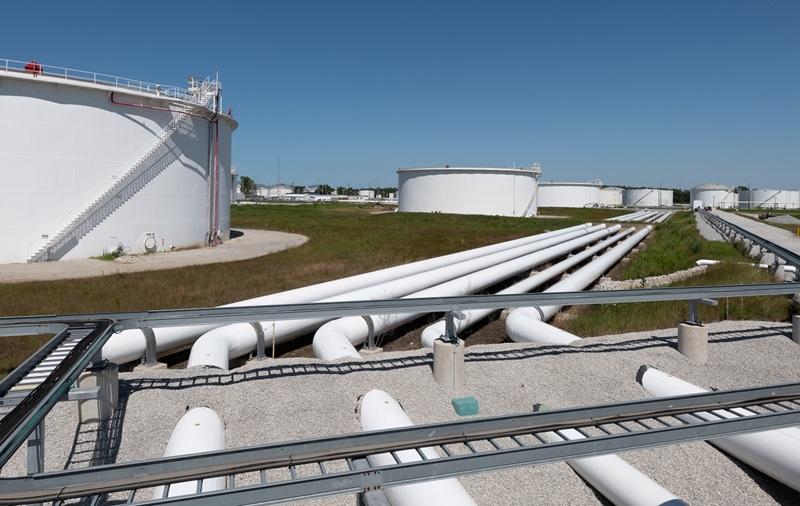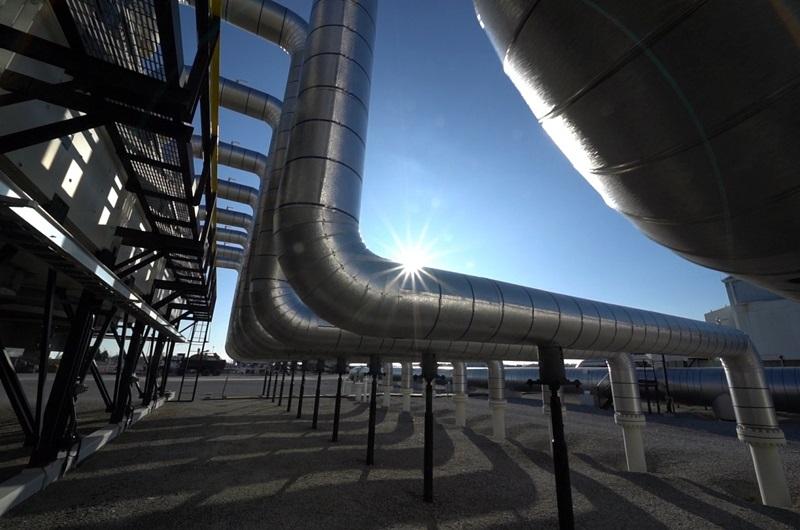Enbridge Innovation in Action: Efficiency Highlights
It used to be said that home equity amounted to treasure in the walls. These days, you can say the same for efficiency measures.
Originally published in Enbridge's 2020 Innovation Report
At Enbridge, we deliver the energy people need safely and reliably. We also strive to deliver it in the most efficient way possible, reducing the energy demands of delivery and the environmental impacts of operations.
Efficiency innovation is not just about energy usage, however. It’s about streamlining and simplifying everything we do. It’s about achieving the same outcomes faster and with less effort. It’s about being the best at what we do.
Efficiency innovations help reduce the impact of our operations, they reduce our energy usage and they support our employees—leading to greater safety, enhanced focus and engagement, and better, faster decision making.
- LiDAR wind speed and direction measurement help wind farms to extract more energy from the wind.
- Power management technologies and analytics optimize energy usage in pipeline operations.
- Advanced data infrastructure and analytics fine-tune turbine blade orientation to within a fraction of a degree.
- An advanced analytics solution for terminal optimization along our crude oil pipeline network has maximized throughput in support of Canadian crude producers.
- Virtualization technologies reduce the need for and impact of travel.
- Refined use of drag reducing agents (DRAs) reduces the energy impact of oil transportation.
- Digitization of records provides opportunities to simplify, automate and accelerate workflows as well as increasing the connectivity of data, which in turn helps uncover new efficiencies.
When innovation improves efficiency in the energy industry, it fuels a better quality of life for all of us—with those “a-ha” moments, however small, potentially making a big difference when combined.
Case Studies
Power Operations: Powering up max benefits
Enbridge’s renewable energy portfolio includes onshore and offshore wind, solar and geothermal projects in North America and Europe. With nearly 2,000 megawatts (MW) of net renewable generation capacity, in operation or under construction, Enbridge produces enough zero-emission energy to power about 875,000 homes.
Power Operations is the team behind ensuring the continued reliability and efficiency from our renewable power generation assets. The Power Operations team is continually pushing the envelope to ensure the maximum operational and environmental benefit can be gained from these assets.
The team is pursuing several innovations to attain these benefits.
A laser focus on turbine efficiency
The amount of energy a turbine can extract from the wind depends on both wind velocity and the accuracy with which its blades can be directed into the wind.
Turbine control systems respond to changing wind direction by rotating the orientation of the nacelle, or hub, into the optimal position—directed by a sensor on top of the nacelle, which measures wind speed and direction.
Unfortunately, for practical reasons, this sensor is located behind the blades—and, as a result, detects wind data after it has passed over the blades and has been deflected. While this arrangement typically creates a small margin for error, it can add up to a lot of lost energy over time.
To address this, Enbridge has been trialling a nacelle-mounted device using LiDAR (Light Detection and Ranging)—with a laser beam measuring the wind speed and direction in front of the rotor blades, and feeding this data to the controllers.
Not only will this information allow the turbines to extract more energy from the wind, it also reduces stress on the blades, increasing their useful operating life before a replacement is needed. To date, trial results show that a LiDAR sensor allows turbines to capture 2% to 3% more energy without any adverse side effects.
A deeper dive for data
Wind farms generate a tremendous amount of data, with hundreds of data points constantly being sampled on each turbine. Since many of Enbridge’s wind farms have more than 100 wind turbines, the volume of data captured is simply massive. To make the analysis manageable, the industry standard has been to create smaller subsets of this data, sampled at 10-minute intervals, from which most aspects of turbine performance are assessed.
While many performance issues can be detected and remediated using this lower sampling rate, turbine control and operations occur at much higher frequency than 10 minutes, and more subtle performance opportunities can be detected by diving deeper into higher-resolution data, which requires advanced data infrastructure and handling processes to acquire and analyze.
Enbridge is working with experts in high-frequency data acquisition and analysis to identify and apply opportunities to further improve performance of our fleet—such as fine-tuning blade pitch to within a fraction of a degree, allowing us to generate the maximum renewable energy possible from our existing assets.
Auto-DRA: Fighting friction, enhancing efficiency
In our drive toward a more efficient, lower-impact future, Enbridge is in continuous pursuit of ways to optimize the use of existing assets and get Canadian crude oil to market in the most efficient and safest way possible.
Working within the limits imposed by pipeline specifications and safe delivery temperatures, pipeline companies like Enbridge utilize additives such as Drag Reducing Agents (DRA) to maximize throughput and minimize electricity usage. Optimizing the application of these additives is crucial to minimizing energy consumption.
DRA injection has historically been carried out according to predefined instructions that attempted to match DRA injection rates to the product types and flow rates on the line—and the manual nature of this approach could lead to non-optimized results. As part of Enbridge’s focus on optimization, a group of experts led by the TIS Pipeline Control Systems and Leak Detection (PCSLD) team has developed a dynamic system to detect the type of batch and adjust the use of DRA accordingly.
Dubbed Auto-DRA, this new automated system has boosted overall system efficiency as well as safety, through improvements to the reliability of leak detection systems that provide continuous monitoring capability across our pipeline network.
FacilityView: Bringing ‘Street View’ visualization to data management
Modern computing and internet connectivity have enabled a range of new capabilities—with modernized digital maps arguably topping the convenience scale.
Modern mapping applications, like Google Street View, can guide you to your destination. They can suggest the fastest route. And they can even show you what your destination will look like, in case you are arriving for the first time.
Enbridge’s Information Management and Technology and Information Services teams are working to deliver that “onsite view” of our operating facilities—with a virtual representation that can greatly reduce the need for travel, reduce the time employees need to spend in operational areas, and help geographically distant teams to more quickly develop a shared understanding of, for example, the location of a new sensor or the site of a maintenance task.
Nicknamed FacilityView, this tool will enable both a “flythrough” experience and support measurements down to the millimeter, helping staff to optimize asset management or make project planning decisions by offering an “on-the-ground” perspective of the location in question.
FacilityView is being designed to accept data in a format that is commonly used for both ground-based and aerial (UAS) scans, and will help to improve the speed and quality of decision making that relies on facility awareness.

